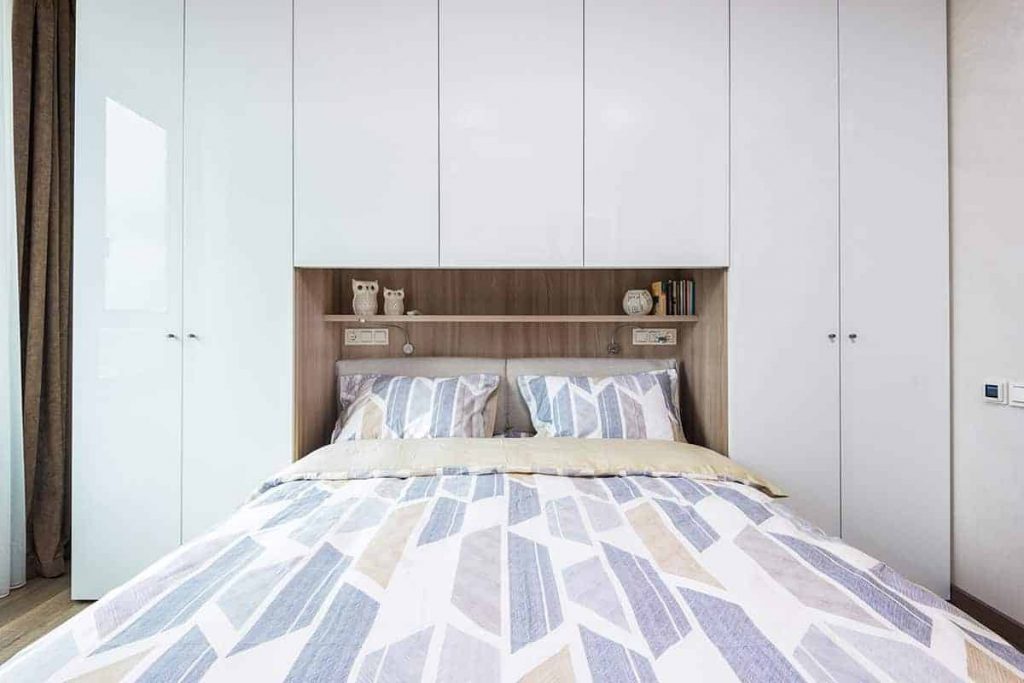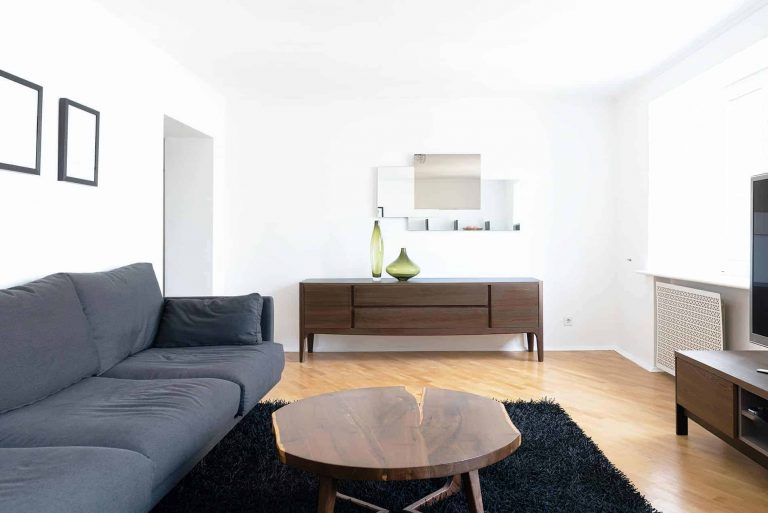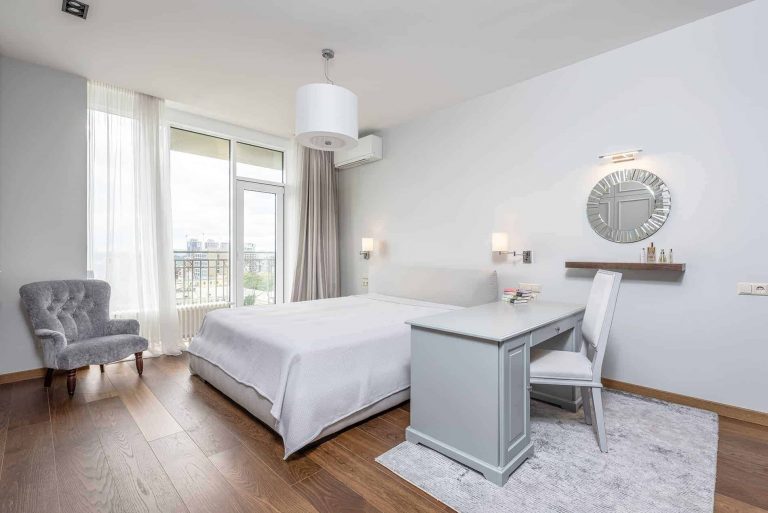Introduction
Façades play a critical role in a building’s energy efficiency and carbon footprint. An optimized building envelope can significantly reduce energy consumption, enhance occupant comfort, and lower operational costs.
Key Strategies for Energy-Efficient Façades
🌞 1. High-Performance Glass & Insulation
- Low-emissivity (Low-E) glass helps regulate indoor temperatures by minimizing heat transfer.
- Double and triple glazing improves thermal insulation, reducing heating and cooling demands.
🌱 2. Green Façades & Living Walls
- Biophilic designs enhance aesthetics while improving urban sustainability.
- Incorporating vegetation into façades provides natural insulation, air purification, and cooling effects.



⚡ 3. Dynamic Shading Systems
- Smart shading systems like electrochromic glass and automated louvers optimize daylight usage and reduce glare.
- Retractable sunshades and perforated metal screens provide additional energy savings.
💡 4. Renewable Energy Integration
- Transparent solar panels are emerging as an aesthetic yet functional façade solution.
- Building-integrated photovoltaics (BIPV) transform façades into energy-generating surfaces.
Conclusion
Energy-efficient façades are not just a trend—they are a necessity for sustainable architecture. Investing in high-performance materials and smart technology ensures reduced carbon footprints and long-term cost savings.







